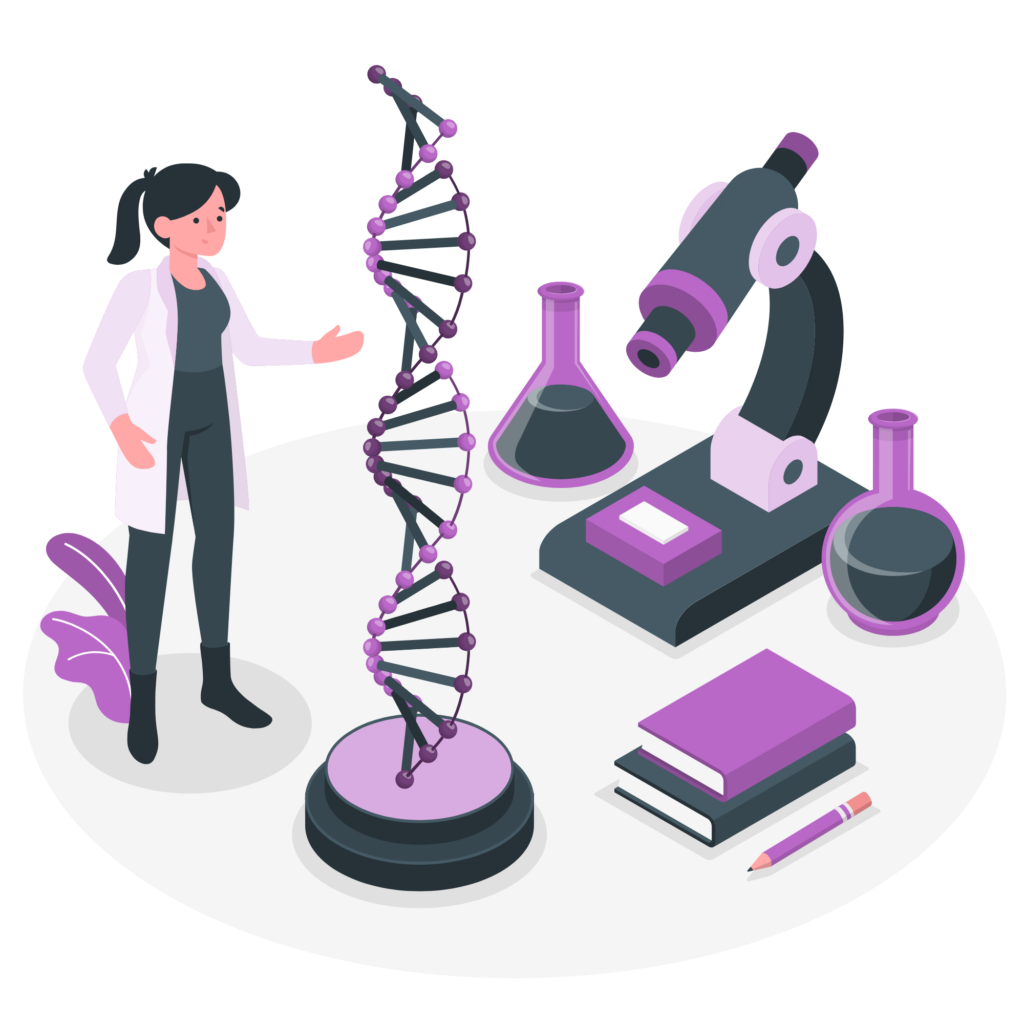Open pedagogy plays a crucial role in making learning a deep and transformative experience. How can educators organize digital environments to help learners actively shape their trajectories for a more personalized and meaningful learning?

Open Pedagogy, also known as open educational practices (OEP), involves using open educational resources (OER) to support learning and the open sharing of teaching practices. It emphasizes learner-driven education and encourages students to participate in the co-creation of knowledge. Open Pedagogy aims to make education more accessible, equitable, and engaging by leveraging openly licensed materials and fostering collaboration between instructors and students
Open pedagogy enhances learning by fostering engagement and collaborative content creation. It empowers students, giving them agency and real-world skills. However, challenges include ensuring quality control, resource availability, inclusivity, understanding intellectual property, and providing instructor support.
- How can we involve students in the creation of course content to foster a sense of ownership and engagement?
- What digital tools can facilitate open sharing and collaboration but do not compromise learners’ privacy in the classroom?
- How can we ensure that open pedagogy contents are accessible and reusable by learners with diverse abilities?
- How do we ensure proper attribution and respect for the original creators and the contributors when using open resources?
Explore the Examples
-
Collaborative Project:
- Example: In a history class, students work together to create a digital timeline of significant events. Each student contributes by researching and adding events, images, and descriptions.
- Objective: Enhance engagement and understanding of historical events through collaborative content creation.
-
Peer Review:
- Example: In a literature course, students write essays and then participate in a peer review process using an online platform. They provide feedback on each other’s work and make revisions based on the feedback received.
- Objective: Improve writing skills and critical thinking through peer interaction and feedback.
-
Use of OER:
- Example: In a science class, students use Open Educational Resources to research a topic and create a multimedia presentation. They share their presentations with the class and discuss the different perspectives they found.
- Objective: Access diverse resources and develop research and presentation skills.
-
Student-Generated Content:
- Example: In a language course, students create their own vocabulary lists and practice exercises. They share these resources with their peers and use them for collaborative study sessions.
- Objective: Empower students to take ownership of their learning and support peer learning.
-
Real-World Problem Solving:
- Example: In an engineering course, students work on an open-source project that addresses a real-world problem. They collaborate with peers and external experts to develop solutions and present their findings.
- Objective: Develop practical skills and apply theoretical knowledge to real-world situations.
Practice
-
Consider a digital educational setting in which to implement open pedagogy approach: Think about a specific online course or learning environment in which you currently teach or have previously learned.
-
For your example Design an open pedagogy learning activity, define its goal and describe learners’ contributions: what types of content learners have to research for and contribute to achieve the goal, for example using selected sources and collecting texts, images, videos, links or data.
-
Describe the stages – the organization of learning activity – which may include: data collection and sharing; evaluation and analysis; summarizing and results presentation.
- Outline potential challenges of this activity and how you can address them.
Share your description as a comment below
Examples | Open Pedagogy Notebook
Open Pedagogy Approaches – Simple Book Publishing
What is Open Pedagogy? – BCcampus OpenEd Resources
Open Pedagogy – University of Virginia OER Learning Community Guide
What is Open Pedagogy | Program for Open Scholarship and Education
Leave a Reply